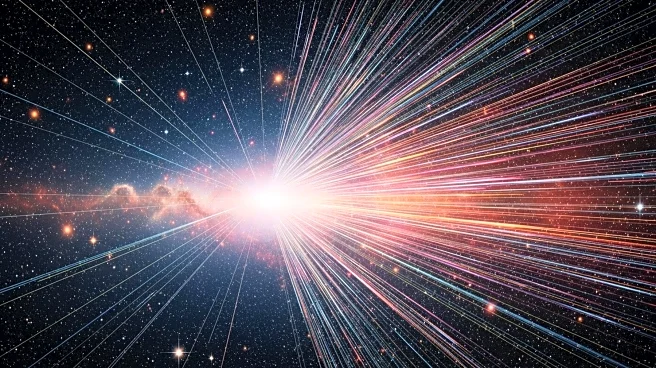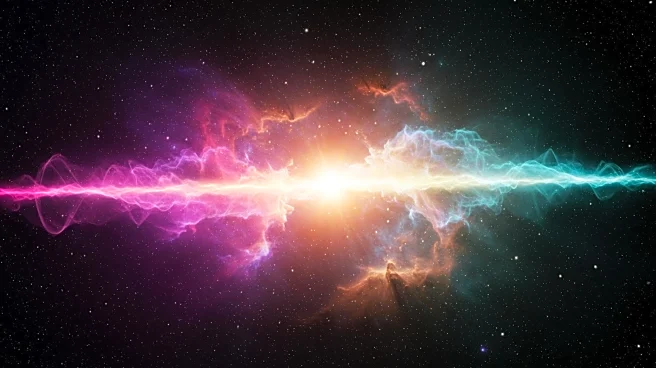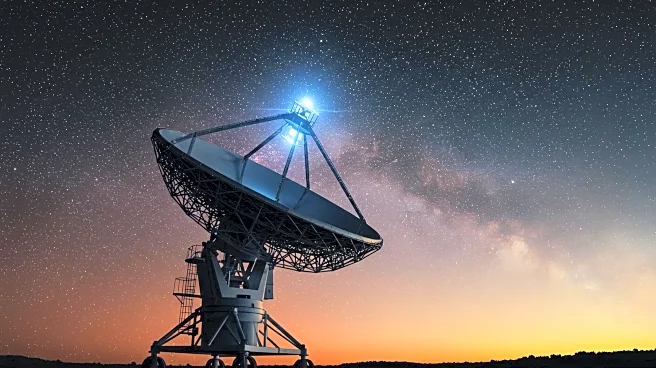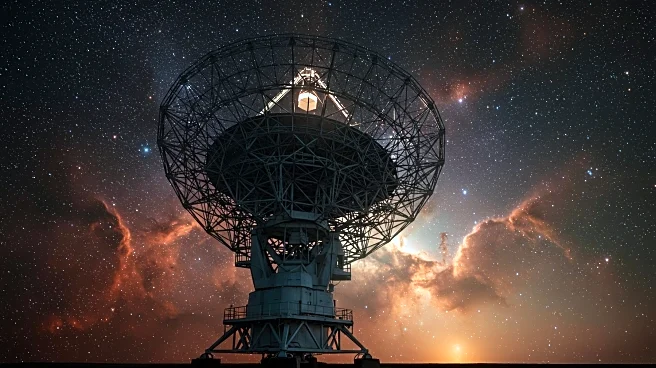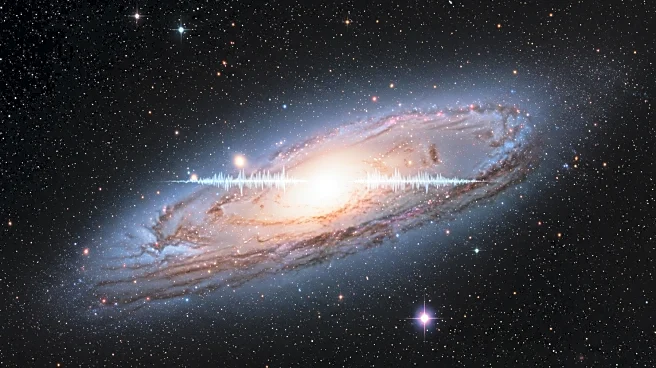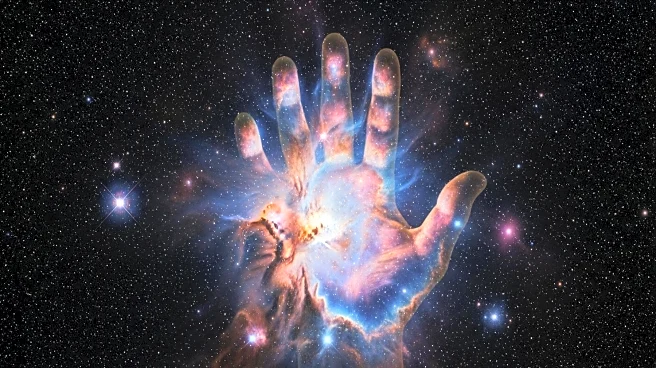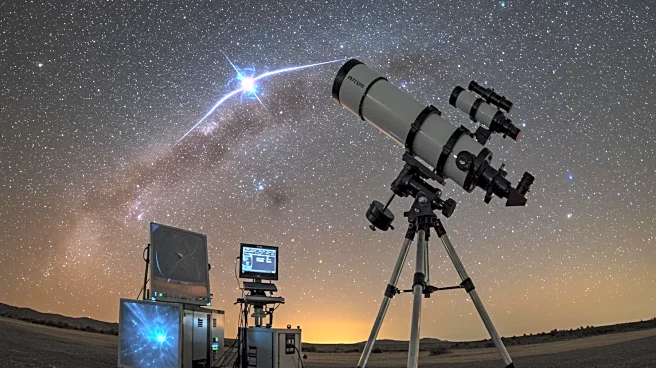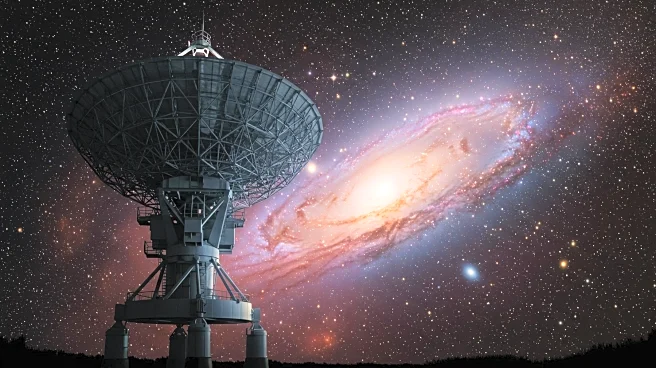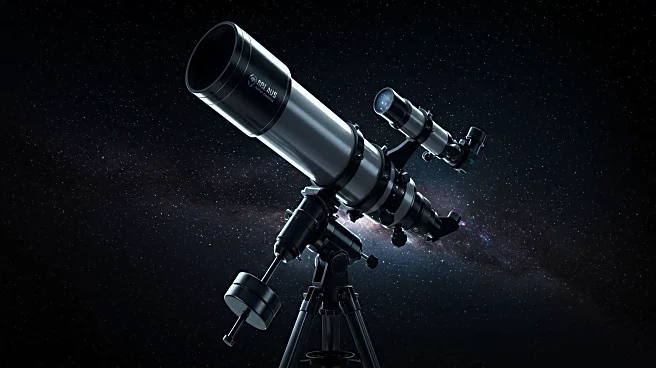Rapid Read • 7 min read
Astronomers have detected the brightest fast radio burst (FRB) ever recorded, originating from a galaxy in the Big Dipper constellation, approximately 130 million light-years away. This FRB, named RBFLOAT, was captured by the CHIME radio telescope in Canada, discharging energy equivalent to the Sun's output over four days in mere milliseconds. The discovery was made possible by the CHIME telescope's Outriggers, which allowed precise localization of the FRB's source. The event has been linked to magnetars, highly magnetic neutron stars, which are believed to be responsible for many FRBs.
AD
The detection of RBFLOAT marks a significant advancement in the study of FRBs, providing astronomers with valuable data to understand these mysterious cosmic phenomena. The proximity and brightness of this FRB offer a unique opportunity to study its environment and potential origins, contributing to the broader understanding of magnetars and their role in producing FRBs. This discovery could lead to new insights into the nature of these bursts and their implications for astrophysics.
Astronomers plan to conduct further observations using advanced telescopes like the MMT and Keck Observatory to study the FRB's environment in detail. The CHIME Outriggers will continue to enhance the precision of FRB localization, potentially leading to more discoveries. Researchers aim to differentiate between repeating and one-off FRBs and confirm whether magnetars are the sole producers of these bursts, advancing the field of FRB science.
The discovery of RBFLOAT opens new avenues for exploring the cosmic environment and the processes behind FRBs. It challenges existing theories about magnetars and their locations, suggesting potential movement from their birth sites. This could reshape understanding of star formation and the dynamics of neutron stars, influencing future research in astrophysics.
AD
More Stories You Might Enjoy
